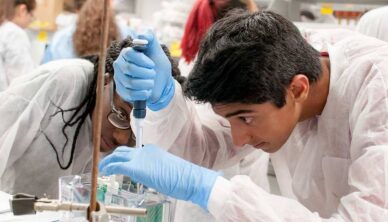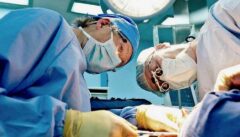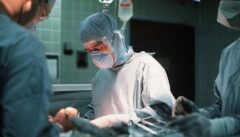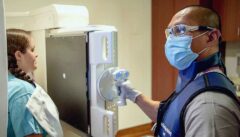Contents
Stem Cells & Maxillofacial Treatment

Techniques for bone grafting, other tissue replacement and dental implants have advanced in recent years. They offer effective and cosmetically valuable solutions.
This are not however a like for like replacement, more a way of successfully filling gaps than bringing a return of natural growth.
The dream has long been to offer regeneration of damaged oral tissue, using stem cell technology. The principle of achieving this has been accepted for some while and specialist researchers remain busy.
Biological solutions to biological problems are still not the norm, although more is being understood.
Types Of Cell Involved
Stem cells are often seen as unspecialised, with the capability to turn into multiple cell types. This is true to an extent but there are varying types.
The main groups are multipotent and pluripotent stem cells. As the names suggest, the former have an ability to turn into certain groups of cells, whereas the latter can become almost any adult body cell.
Neither are they in short supply. Able to be harvested from embryonic tissue, the umbilical cord, muscles, organs, bone marrow, peripheral blood, adipose tissue, skin, tooth pulp, other parts of the oral cavity.
What are known as mesenchymal stem cells are found in the oral region and have the ability to become soft, or hard dental, or other types of oral tissue.
The ingredients for moving forward in the maxillofacial field seem to be there but not yet solutions which make stem cells a viable treatment.
Issues To Date
A number of areas have been explored for maxillofacial stem cell treatment. They include growing new orofacial bone, temporomandibular joints and of course teeth.
The problem is lack of control on a number of factors. Risks of an unsuitable immune response and rejection are high, even though they are our cells, other aspects of cell behaviour impinge on long term stability.
For most tissue, teeth in particular, there is a lengthy growth period, along with a fair possibility of the new growth being the wrong colour.
Stem cells in the oral and maxillofacial region tend to be specialised and may not work well for alternative types of tissue. Their regenerative capacity declines with age, limiting use when this may be most needed.
Skills To Develop
The idea of an instant, no skill fix is likely to remain unrealistic. Maxillofacial surgeons will need to be trained to identify and isolate stem cells, which may have to be acquired for later use during other procedures.
They will require a thorough understanding of tissue engineering, of chair side and operating theatre, cellular grafting techniques, of outcomes and ongoing care.
None of this is beyond the bounds of possibility, if known issues can be dealt with, along with the problem of stem cell use at present being very costly.
The potential is enormous but not yet reality, not science fiction but science which does have a way to go. For the foreseeable future, patients will be better to rely on an oral surgeon’s existing skills and knowledge.
18 October 2023



